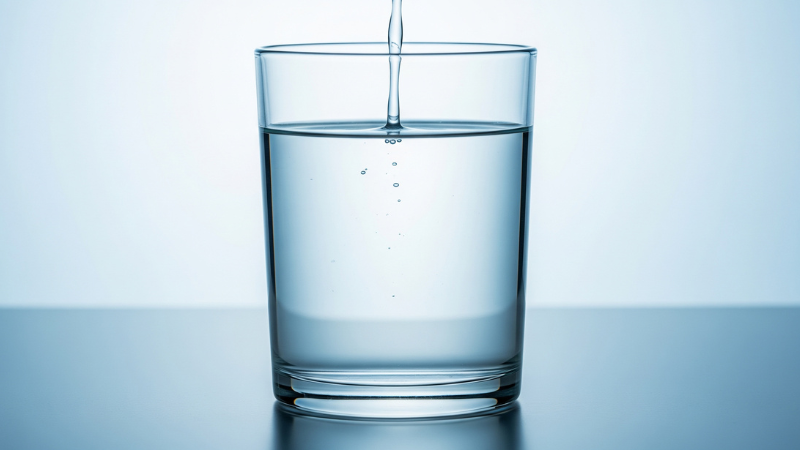
What Are Pure Water Systems? A Guide to High-Quality Water Treatment Solutions
When it comes to water quality, the term “pure” is often thrown around—but what does it actually mean? More importantly, how is "pure water" achieved, and why do certain industries or households require such a level of filtration? In this guide, we explore what pure water systems are, how they work, and why understanding their relationship to TDS (Total Dissolved Solids) and water hardness is essential for anyone managing water treatment systems.
What Is Pure Water?
Pure water refers to water that is free from dissolved and suspended contaminants, including minerals, salts, metals, bacteria, organic compounds, and particulates. The goal of a pure water system is to produce water that is chemically and biologically clean to a degree that suits a specific application.
Common Standards of Water Purity:
- Deionized (DI) Water
- Reverse Osmosis (RO) Water
- Distilled Water
- Ultrapure Water (UPW) – used in semiconductor and pharmaceutical industries
What Are Pure Water Systems?
A pure water system is a multi-stage filtration and treatment solution designed to remove the majority—or virtually all—of contaminants from feed water. These systems vary in complexity depending on the purity requirements of the end use.
Key Components Typically Include:
- Pre-Filtration: Sediment and carbon filters to remove particulates and chlorine
- Water Softening: Optional step to prevent scale from calcium/magnesium
- Reverse Osmosis (RO): Removes up to 99% of TDS with a semipermeable membrane
- Deionization (DI): Removes remaining ions using resin-based exchange
- UV Sterilization or Ozonation: Kills bacteria and biological contaminants
- Storage and Delivery: Pressure tanks or pumps for consistent output
Where Are Pure Water Systems Used?
Pure water systems are critical in both residential and commercial applications, including:
- Laboratories and research facilities
- Semiconductor and electronics manufacturing
- Pharmaceutical production
- Food and beverage processing
- Medical equipment sterilization
- Spot-free car washing
- High-end residential needs (e.g., drinking water, humidifiers, espresso machines)
The Role of TDS in Pure Water Systems
TDS (Total Dissolved Solids) measures the total concentration of dissolved substances in water, typically expressed in ppm (parts per million).
High TDS can indicate the presence of:
- Salts such as sodium, calcium, or magnesium
- Heavy metals like lead, iron, or copper
- Other dissolved substances like organics or nitrates
Pure water has a TDS close to zero—usually under 10 ppm for RO water and under 1 ppm for DI or ultrapure water.
Why Water Softeners Are Important—Even If TDS Seems Low
A common misconception is that low TDS equals low hardness. In reality, water can have low TDS but still be very hard if the majority of the solids are calcium and magnesium ions.
- Hardness damages RO membranes through scale buildup
- Exhausts DI resins faster, increasing costs and maintenance
- Reduces overall system performance and longevity
Tip: Installing a water softener before a pure water system protects its components and ensures long-term efficiency—even when TDS appears within acceptable range.
Choosing the Right Pure Water System
Consider the following factors when selecting a system:
- End application (e.g. lab use, home drinking, medical equipment)
- Source water quality (including TDS and hardness)
- Daily volume and flow rate requirements
- System footprint and installation needs
- Maintenance and filter replacement frequency
You may need a water test to determine whether pre-treatment (like softening or carbon filtration) is required before purification begins.
Final Thoughts: Pure Water Starts with a Solid System
Pure water systems are essential for delivering high-quality, contaminant-free water. They do more than just filter—they work as a coordinated solution, often requiring softeners, RO membranes, DI tanks, and sterilizers to achieve consistent purity.
Understanding the difference between TDS and hardness—and their impact on system performance—is key to building a durable and efficient setup.
In our upcoming blogs, we’ll explore:
Share






































































